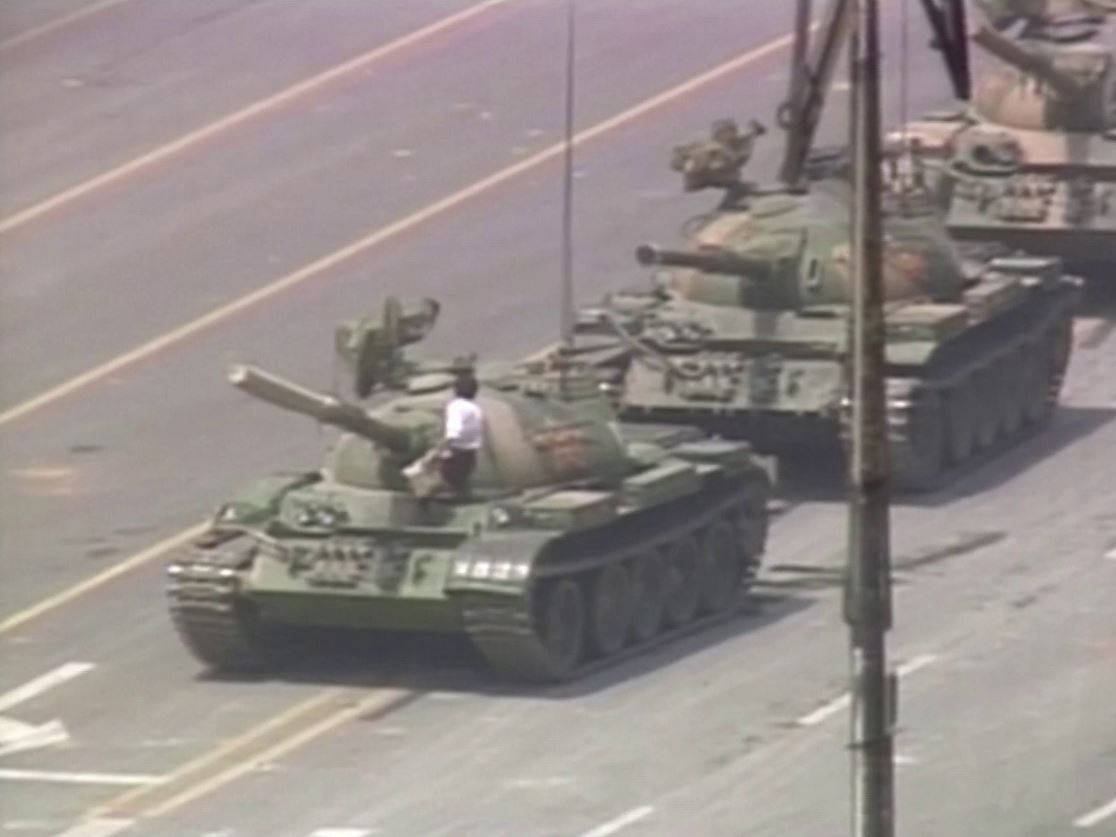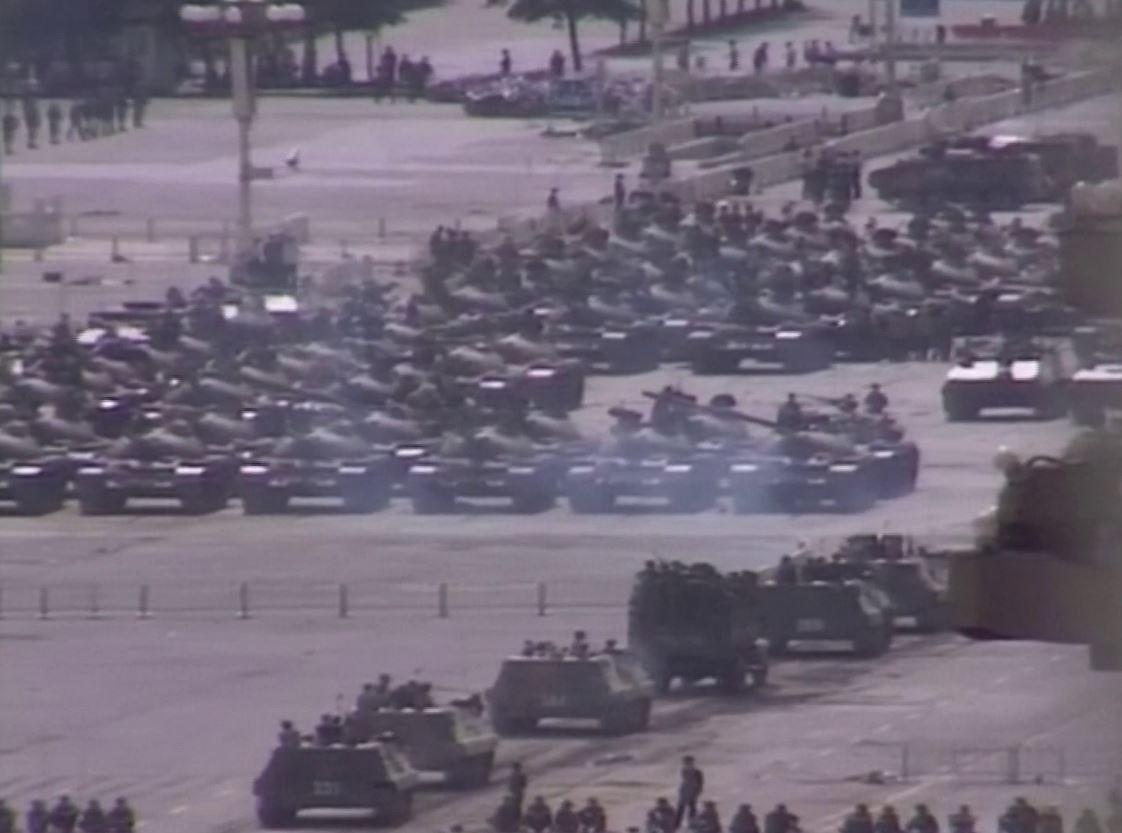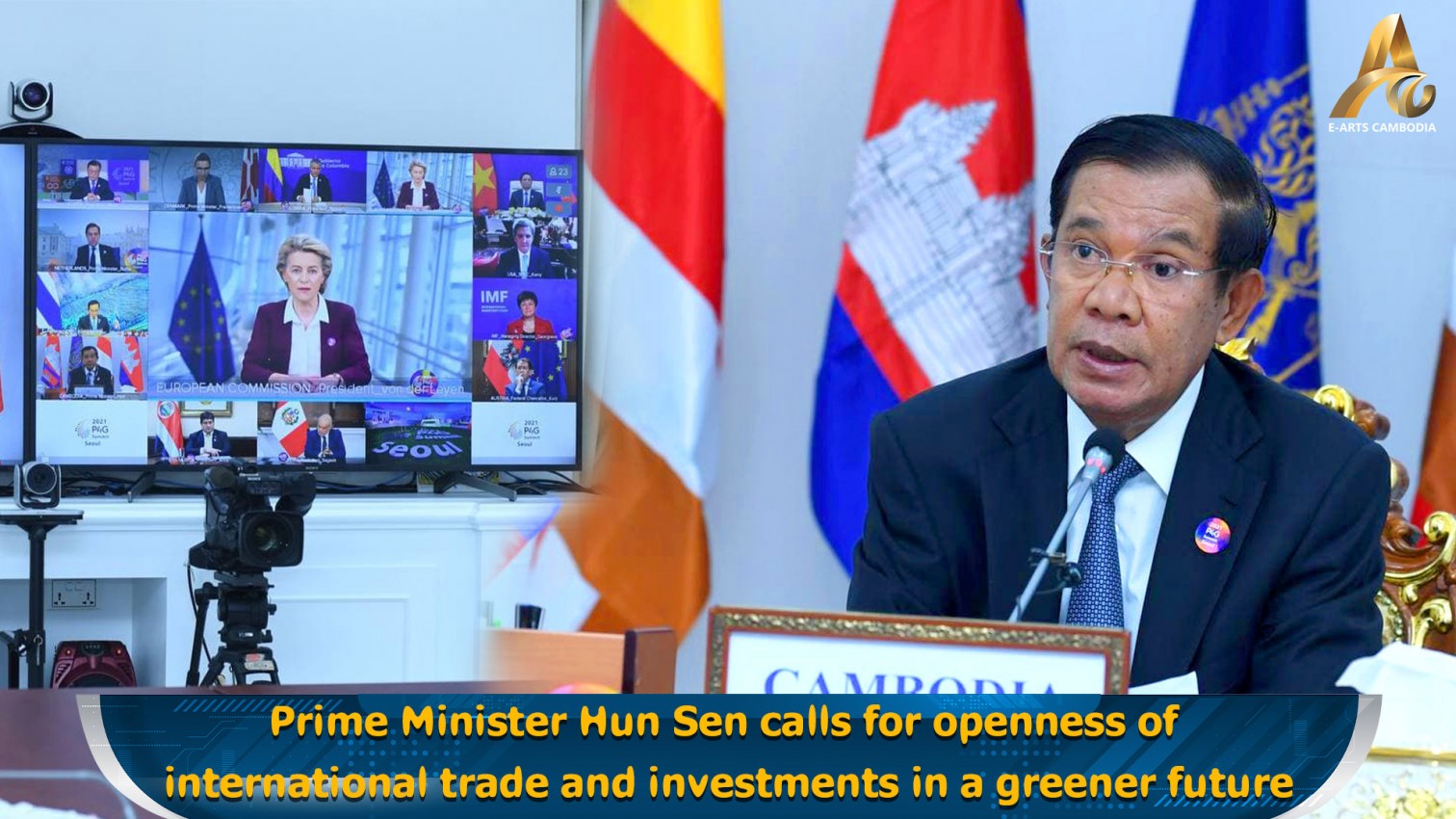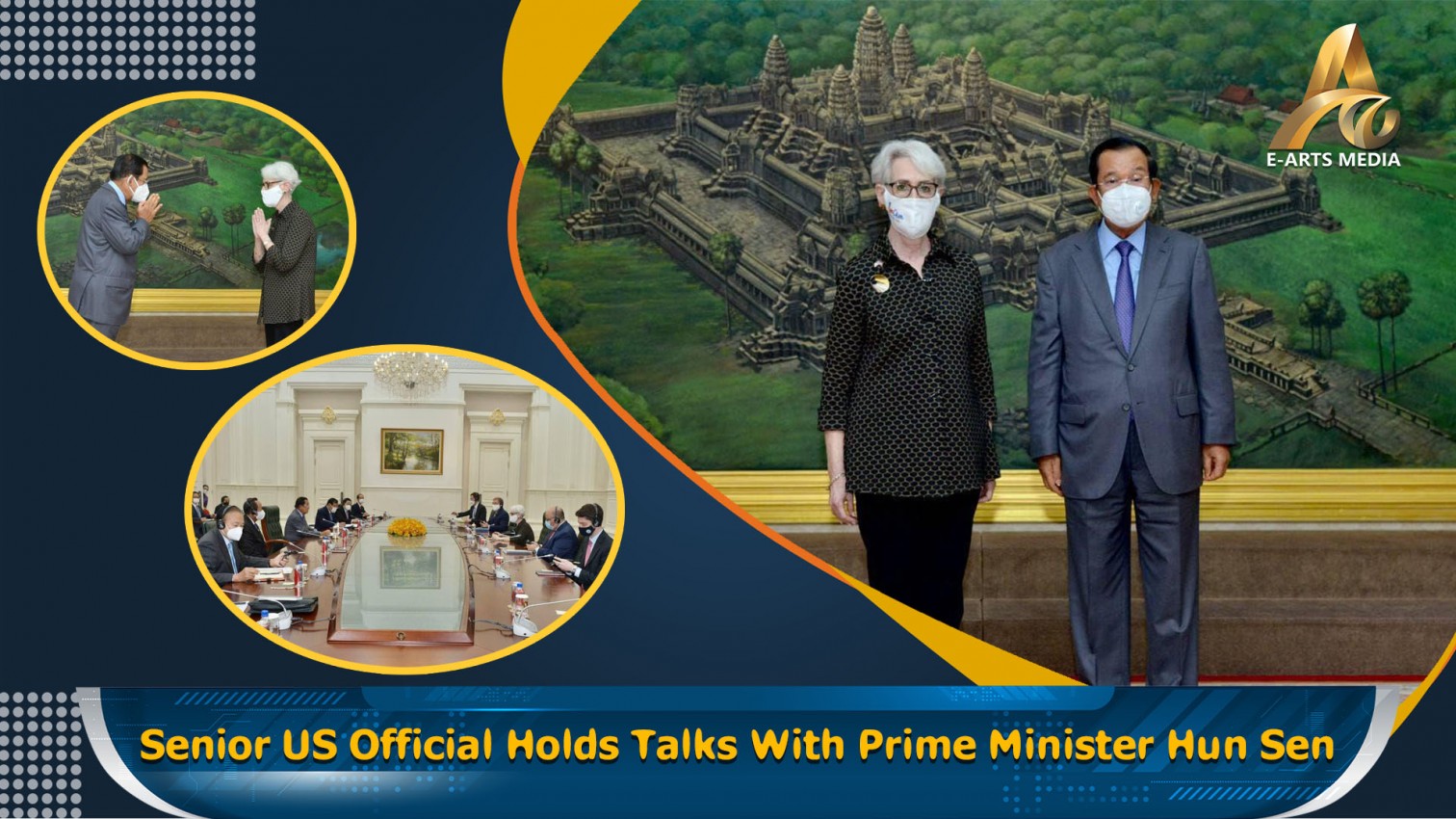INTERNATIONAL: June 4 marks the 33rd anniversary of the government crackdown on pro-democracy demonstrators in Beijing's Tiananmen Square.
For the first time since Beijing implemented the national security rule on Hong Kong in 2020, no political or religious groups, among other organisations, have signaled any intention to hold an annual commemoration of the incident.
The group that had organized the annual vigil in Hong Kong’s Victoria Park for more than three decades decided to disband in 2021 in response to increased scrutiny by authorities. Many of its leaders and several prominent Hong Kong activists, including Joshua Wong, Chow Hang-tun and Lee Cheuk-yan are currently serving prison sentences for various crimes.
The government has never released a death toll of the June 4, 1989 crackdown, but estimates from human rights groups and witnesses range from several hundred to several thousand.
China slid into economic chaos in 1988 with panic buying triggered by rising inflation peaking at more than 30 percent in cities. Public discontent, coupled with the death of purged reform-minded Communist Party leader Hu Yaobang on April 15, 1989, set the stage for the demonstrations.
More than one million people flooded into central Beijing, keen to vent their anger against corruption, economic mismanagement, nepotism and poor career prospects for students. Gathering in Tiananmen Square, the students erected their own 'Goddess of Democracy' statue opposite the official portrait of the Communist revolutionary leader Chairman Mao Zedong.
After weeks of protests in the square, troops backed by tanks crushed the demonstrations, prompting global condemnation. The footage of a lone protester standing in front of a line of tanks has become one of the most powerful symbols of the 20th century.
Chinese leaders denounced the demonstrations as a counter-revolutionary movement and the ensuing flurry of arrests, executions and exiles frightened many demonstrators into silence.
In 2009, reformist Chinese leader Zhao Ziyang broke the official silence on the 1989 Tiananmen crackdown, denouncing the killings of protesters as a "tragedy" in recorded memoirs released four years after his death
On the 30th anniversary in 2019, China Defence Minister Wei Fenghe, in a rare acknowledgement of the bloody crackdown, said it was the "correct" decision which led to a stable country since then.
It is rare for Chinese government officials to acknowledge the events of June 4, 1989. References to it are heavily censored in China.
The event remains a taboo topic of discussion in mainland China and will not be officially commemorated by the ruling Communist Party or government.
Here are some landmark dates leading up to the demonstrations and the crackdown that followed:
1988: China slides into economic chaos with panic buying triggered by rising inflation that neared 30%.
April 15, 1989: A leading reformer and former Communist Party chief Hu Yaobang, dies. His death acts as a catalyst for unhappiness with the slow pace of reform, as well as corruption and income inequality.
April 17: Protests begin at Tiananmen Square, with students calling for democracy and reform. Crowds of up to 100,000 gather, despite official warnings.
April 22: Some 50,000 students gather outside the Great Hall of the People as Hu's memorial service is held. Three students attempt to deliver a petition to the government, outlining their demands, but are ignored. Rioting and looting take place in Xian and Changsha.
April 24: Beijing students begin classroom strike.
April 27: Around 50,000 students defy authorities and march to Tiananmen. Supporting crowd’s number up to one million.
May 2: In Shanghai, 10,000 protesters march on city government headquarters.
May 4: Further mass protests coinciding with the anniversary of the May 4 Movement of 1919, which was another student and intellectual-led movement for reform. Protests coincide with meeting of Asian Development Bank in Great Hall of the People. Students march in Shanghai and nine other cities.
May 13: Hundreds of students begin a hunger strike on Tiananmen Square.
May 15-18: To China's embarrassment, protests prevent traditional welcome ceremony outside the Great Hall of the People for the state visit of reformist Soviet leader Mikhail Gorbachev. Students welcome Gorbachev as "The Ambassador of Democracy".
May 19: Party chief Zhao Ziyang visits students on Tiananmen Square, accompanied by the hardline then-premier Li Peng and future premier Wen Jiabao. Zhao pleads with the students protesters to leave, but is ignored. It is the last time Zhao is seen in public. He is later purged.
May 20: Li declares martial law in parts of Beijing. Reviled by many to this day as the "Butcher of Beijing", Li remained premier until 1998.
May 23: Some 100,000 people march in Beijing demanding Li's removal.
May 30: Students unveil the 10-metre (33 ft) high "Goddess of Democracy", modelled on the Statue of Liberty, in Tiananmen Square.
May 31: Government-sponsored counter-demonstration calls students "traitorous bandits".
June 3: Citizens repel a charge towards Tiananmen by thousands of soldiers. Tear gas and bullets used in running clashes a few hundred metres (yards) from the square. Authorities warn protesters that troops and police have "right to use all methods".
June 4: In the early hours of the morning tanks and armoured personnel carriers begin their attack on the square itself, clearing it by dawn. About four hours later, troops fire on unarmed civilians regrouping at the edge of the square.
June 5: An unidentified Chinese man stands in front of a tank convoy leaving Tiananmen Square. The image spreads around the world as a symbol of defiance against the crackdown.
June 6: Chinese State Council spokesman Yuan Mu says on television that the known death toll was about 300, most of them soldiers with only 23 students confirmed killed. China has never provided a full death toll, but rights groups and witnesses say the figure could run into the thousands.
June 9: Paramount leader Deng Xiaoping praises military officers, and blames the protests on counter-revolutionaries seeking to overthrow the party.
























